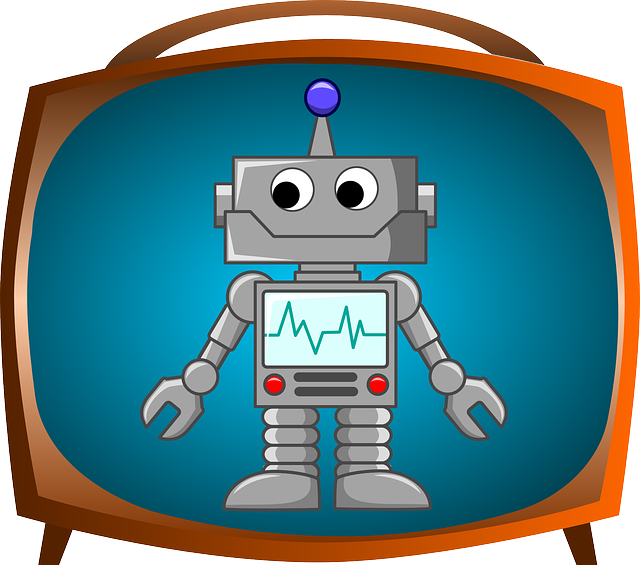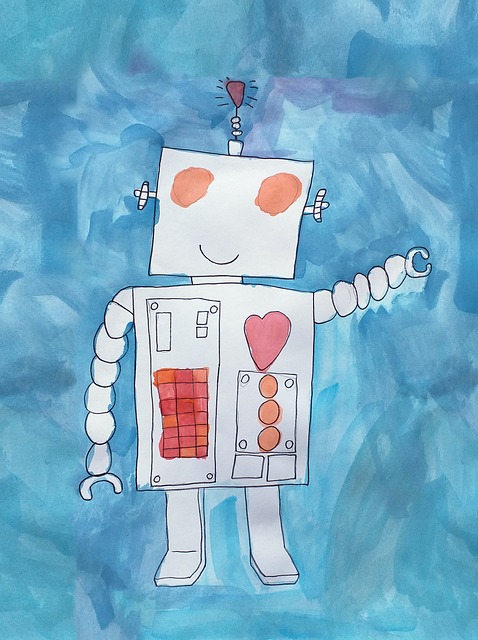The Rise of AI Bots in Trading: A Game Changer for Investors
Author: Jameson Richman Expert
Published On: 2024-11-04
Prepared by Jameson Richman and our team of experts with over a decade of experience in cryptocurrency and digital asset analysis. Learn more about us.
In recent years, technological advancements have drastically shifted the landscape of financial markets. As we dive deeper into the digital age, one of the most revolutionary innovations to emerge is the use of Artificial Intelligence (AI) bots for trading. These sophisticated algorithms analyze market data at lightning speed and execute trades with unparalleled efficiency. This article explores the evolution, benefits, challenges, and future of AI bots in trading.

The Evolution of AI in Finance
The journey of AI in the financial sector has been remarkable. Initially, trading relied heavily on human intuition and manual analysis. However, the advent of computational tools paved the way for quantitative trading strategies, utilizing mathematical models to influence financial decisions. As processing power and data availability grew, the concept of AI trading bots emerged.
What are AI Trading Bots?
AI trading bots are sophisticated software applications that utilize algorithms to analyze market data, execute trades, and manage investment portfolios. These bots use machine learning, neural networks, and natural language processing to identify patterns, make predictions, and optimize trading strategies.
Key Features of AI Trading Bots
- Data Analysis: AI bots analyze vast amounts of historical and real-time market data, looking for trends and signals that indicate potential trading opportunities.
- Risk Management: These bots can assess risk levels based on market volatility and individual investor profiles, helping to minimize potential losses.
- Automation: Trades are executed automatically based on pre-defined parameters, reducing the need for constant monitoring and human intervention.
- Emotionless Trading: AI bots operate based on data, eliminating emotional biases that often impact human traders.
- Adaptability: Machine learning algorithms allow these bots to continuously learn from past trades and market changes, improving their performance over time.
The Benefits of Using AI Trading Bots
The incorporation of AI bots into trading strategies presents numerous advantages for investors.
Increased Efficiency and Speed
One of the most notable benefits is the significant increase in efficiency and speed of trades. AI trading bots can process data and execute trades in fractions of a second, far exceeding human capabilities. This means they can capitalize on fleeting market opportunities that may be missed by manual traders.
Enhanced Decision-Making
AI trading bots leverage complex algorithms to evaluate data and make informed decisions. This analytical approach allows them to assess multiple factors simultaneously, ultimately leading to more effective trading strategies. As a result, investors can achieve better outcomes based on data-driven insights.
24/7 Market Monitoring
Financial markets operate around the clock, and AI trading bots can monitor these markets at all times. This continuous oversight ensures that traders don't miss out on critical opportunities regardless of time zone differences or personal schedules.
Tailored Trading Strategies
Investors can customize AI trading bots to align with their specific trading goals, risk tolerance, and market preferences. This personalization allows for more effective portfolio management and alignment with individual investment strategies.
Challenges and Risks of AI Trading Bots
While the advantages of AI trading bots are compelling, investors must also be aware of the inherent challenges and risks associated with their use.
Market Volatility
Market conditions can change rapidly, leading to unexpected volatility. AI trading bots are only as good as their algorithms, which may not always account for sudden market shifts. This limitation can result in significant losses if the bot does not adapt quickly enough.
Overfitting and Model Risk
AI models can suffer from overfitting, where they become too tailored to historical data without generalizing well to new, unseen data. This can lead to poor decision-making and failed trades. It’s crucial for traders using AI bots to regularly backtest their models and ensure they are robust across various market scenarios.
Security and Regulation
As with any technology that handles financial transactions, security is a major concern. AI trading bots are susceptible to cyber threats, and investors must ensure they are using reputable platforms with strong security measures. Additionally, the regulatory landscape surrounding AI trading is still developing, creating uncertainty in compliance and operational guidelines.
Dependence on Technology
Relying heavily on AI trading bots can foster a sense of complacency among traders. Over-dependence on technology may result in a loss of fundamental trading skills and market knowledge. It's essential for traders to continue educating themselves and maintaining a working knowledge of the markets.

The Future of AI Bots in Trading
As the digital landscape continues to evolve, so too will the capabilities of AI trading bots. The future holds exciting possibilities, driven by advancements in technology and shifts in market dynamics.
Integration of Advanced Technologies
Emerging technologies such as quantum computing and blockchain are set to influence the future of AI trading bots. Quantum computing, with its ability to perform complex calculations at unprecedented speeds, could enhance the predictive analytics capabilities of trading algorithms. Meanwhile, blockchain technology could improve transaction security and transparency, fostering greater trust among investors.
Ethical Considerations
As AI continues to permeate the trading landscape, ethical considerations surrounding its use will become increasingly relevant. Issues such as algorithmic discrimination, market manipulation, and the impact of automated trading on market stability will require careful attention from regulators and developers alike.
Democratization of Trading
One of the most significant shifts in recent years has been the democratization of trading. AI trading bots are accessible to retail investors, allowing even those with limited financial expertise to participate in the market. This trend could reshape the investor base, making financial markets more inclusive.
A Balanced Approach
Ultimately, the effective use of AI trading bots will rely on finding a balance between automation and human intuition. While technology can enhance trading strategies, it is crucial for investors to maintain their skills and understanding of the market. Successful trading may lie in leveraging the strengths of both human insight and AI-driven analytics.
Conclusion
The rise of AI bots in trading marks a watershed moment in the financial markets. By combining technology with human insight, investors can navigate the complexities of today's market more effectively. However, with this power comes responsibility; investors must be aware of the challenges and risks that accompany AI trading. As technology continues to evolve, the future of trading will undoubtedly be shaped by the interplay of AI, ethical considerations, and investor engagement.
In my opinion, while AI trading bots offer unprecedented advantages, they should complement human intuition rather than replace it. The intersection of technology and human insight creates a more resilient trading strategy capable of adapting to ever-changing market dynamics.